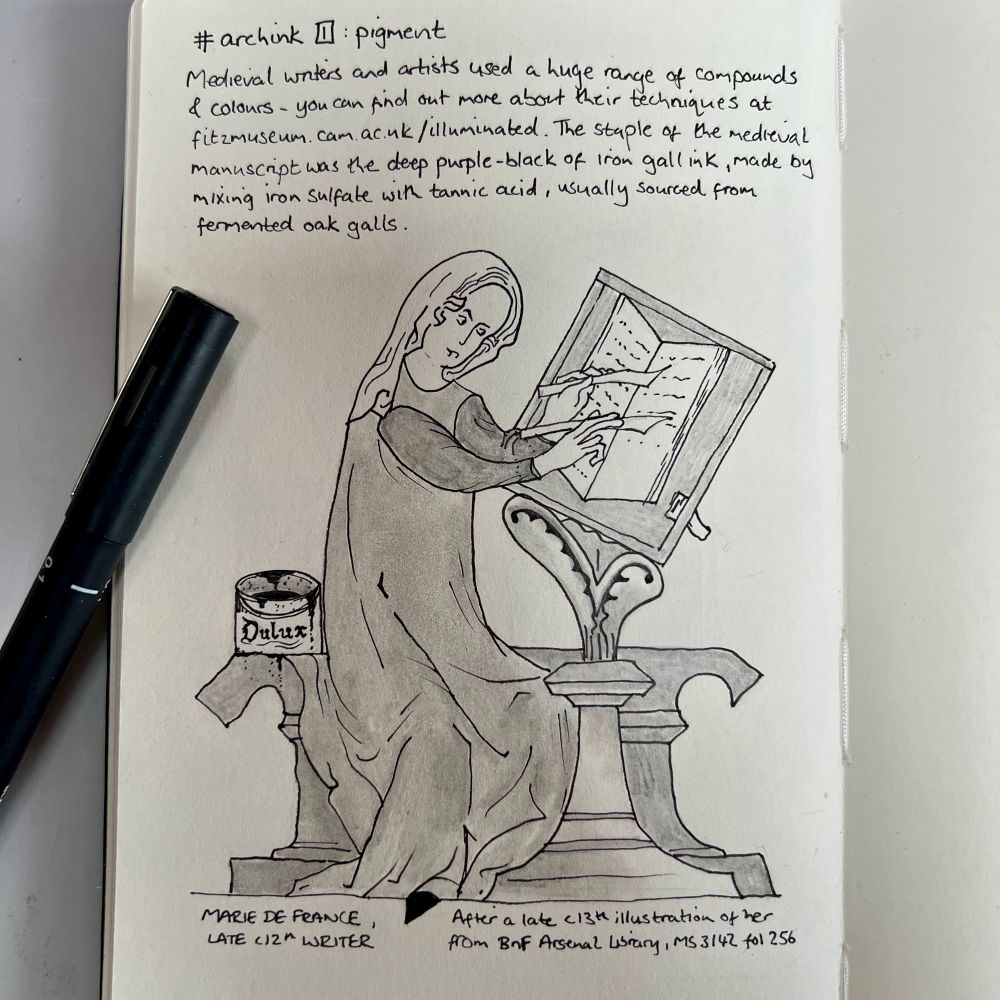archaeoINK - Jona Schlegel
@jonaschlegel.com
3.6K followers
750 following
180 posts
founder • archaeology science comm • (conceptual) illustration x programming • Amsterdam
https://jonaschlegel.com/
https://www.archaeoink.com/
Posts
Media
Videos
Starter Packs
Pinned
Reposted by archaeoINK - Jona Schlegel
Reposted by archaeoINK - Jona Schlegel
Reposted by archaeoINK - Jona Schlegel
Reposted by archaeoINK - Jona Schlegel
Reposted by archaeoINK - Jona Schlegel
Reposted by archaeoINK - Jona Schlegel
Reposted by archaeoINK - Jona Schlegel
Reposted by archaeoINK - Jona Schlegel
Reposted by archaeoINK - Jona Schlegel
Reposted by archaeoINK - Jona Schlegel
Reposted by archaeoINK - Jona Schlegel
Reposted by archaeoINK - Jona Schlegel


























